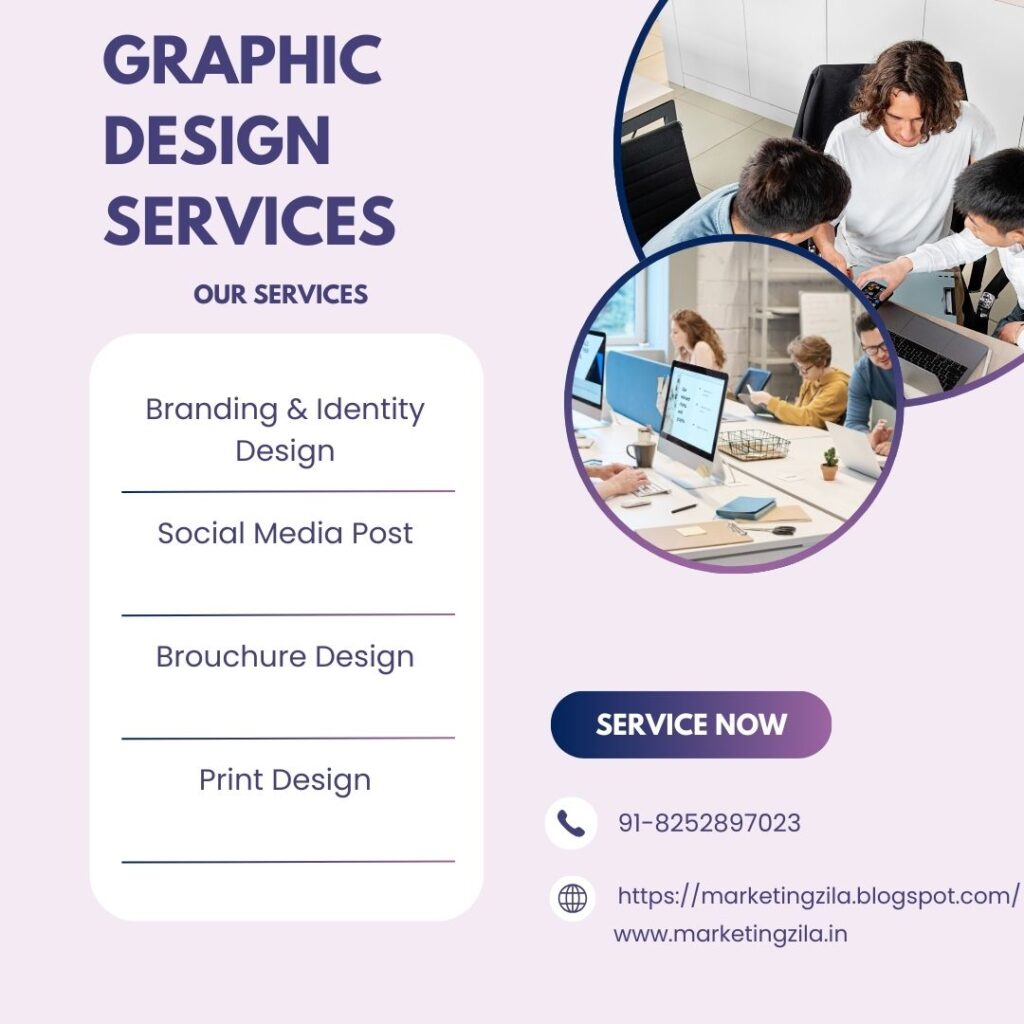Best graphic design tools for beginner is more than just creating pretty visuals—it’s a dynamic blend of art, technology, and storytelling that shapes how we interact with the world. From logos to websites, this creative career revolves around solving problems and communicating ideas through visual communication. Whether you’re drawn to brand identity design or UX/UI basics, this step-by-step guide will help you navigate the essentials of building a career in graphic design—starting with the best graphic design tools for beginner. Let’s dive in!

Step 1: Best Graphic Design tools for beginner and Its Role
Graphic design is the art of combining text, images, and colors to convey messages effectively. It’s used in:
- Branding (logos, packaging)
- Digital media (websites, social media)
- Print (posters, magazines)
- User experience (apps, interfaces)
At its core, it’s about visual communication—making complex ideas simple and engaging. For example, a food delivery app uses intuitive icons (UX/UI basics) to guide users, while a nonprofit’s poster leverages striking imagery to evoke emotion.
Why pursue this creative career?
- High demand across industries (marketing, tech, entertainment).
- Opportunities to work freelance, in-house, or remotely.
- Constantly evolving tools and trends.
Step 2: Master Design Principles and Theory
Before diving into tools, learn the foundational rules:
- Color Theory in Design
- Colors evoke emotions: red = urgency, blue = trust.
- Use complementary colors (opposite on the wheel) for contrast.
- Tools like Adobe Color help create cohesive palettes.
- Typography Basics
- Serif fonts (e.g., Times New Roman) feel traditional; sans-serif (e.g., Helvetica) are modern.
- Limit fonts to 2–3 per project.
- Hierarchy: Use size and weight to guide attention.
- Layout & Composition
- Balance (symmetrical vs. asymmetrical).
- Negative space to avoid clutter.
Pro Tip: Study award-winning designs on Behance or Dribbble to see these design principles in action.
Step 3: Best Graphic Design Tools for Beginner
To bring your ideas to life, you’ll need the right tools. Here’s a curated list of the best graphic design tools for beginners, categorized by affordability, ease of use, and versatility:
1. Best graphic design tools for beginner – Free & Beginner-Friendly Tools
- Canva
- Why it’s great: Drag-and-drop interface with thousands of templates for social media, posters, and presentations.
- Best for: Quick projects, non-designers, and small businesses.
- Cost: Free (with premium features starting at $12.99/month).
- Pro Tip: Use Canva’s “Magic Design” AI tool to generate instant layouts.
- GIMP
- Why it’s great: A free, open-source alternative to Photoshop for photo editing and retouching.
- Best for: Budget-conscious learners exploring design principles.
- Cost: Free.
- Resource: GIMP Tutorials for mastering basics.
- Inkscape
- Why it’s great: Free vector graphics software for creating logos and illustrations.
- Best for: Beginners interested in brand identity design.
- Cost: Free.
2. Affordable Paid Tools
- Adobe Express
- Why it’s great: Simplified version of Adobe’s tools, perfect for creating social media graphics and short videos.
- Best for: Aspiring designers transitioning to professional software.
- Cost: $9.99/month.
- Figma
- Why it’s great: Collaborative tool for UX/UI basics, prototyping, and web design.
- Best for: Beginners targeting tech or app design.
- Cost: Free starter plan; team plans from $12/month.
- Resource: Figma’s Interactive Tutorials.
3. Best graphic design tools for beginner- Industry-Standard Tools (With Learning Curves)
- Adobe Creative Cloud
- Photoshop: Photo editing and digital art.
- Illustrator: Vector graphics and brand identity design.
- InDesign: Layouts for print or digital publishing.
- Cost: $54.99/month (all apps).
- Pro Tip: Start with Adobe’s 30-day free trial and YouTube tutorials.
- Procreate (iPad Only)
- Why it’s great: Affordable, intuitive app for digital drawing and illustration.
- Best for: Artists transitioning to digital design.
- Cost: $12.99 (one-time purchase).
How to Choose Your Tools
- Match tools to your goals: Use Figma for UX/UI basics or Canva for social media content.
- Start free, then upgrade: Master free tools before investing in paid software.
- Leverage tutorials: Platforms like Skillshare and Coursera offer courses tailored to design software skills.
Step 4: Build a Standout Portfolio

Your portfolio is your resume. Use the best graphic design tools for beginners like Canva or Adobe Express to create polished projects, such as:
- A mock brand identity design for a local café.
- A website prototype using Figma’s UX/UI basics.
Step 5: Choose Your Career Path
Freelancers often rely on affordable tools like Canva Pro or Adobe Express, while in-house roles may require proficiency in Adobe Suite. Specializing in UX/UI basics? Prioritize learning Figma or Sketch.
Step 6: Stay Updated and Keep Learning
The best graphic design tools for beginners evolve constantly. Follow blogs like Creative Bloq for tool reviews, and experiment with AI features in Canva or Adobe Firefly.
Conclusion:
Launch Your Creative Career in Graphic Design
Mastering the best graphic design tools for beginners—from Canva to Figma—is your gateway to a thriving creative career. Pair these tools with design principles and a standout portfolio, and you’ll unlock opportunities in brand identity design, UX/UI basics, and beyond. Ready to turn your passion into a profession? Start designing today!
